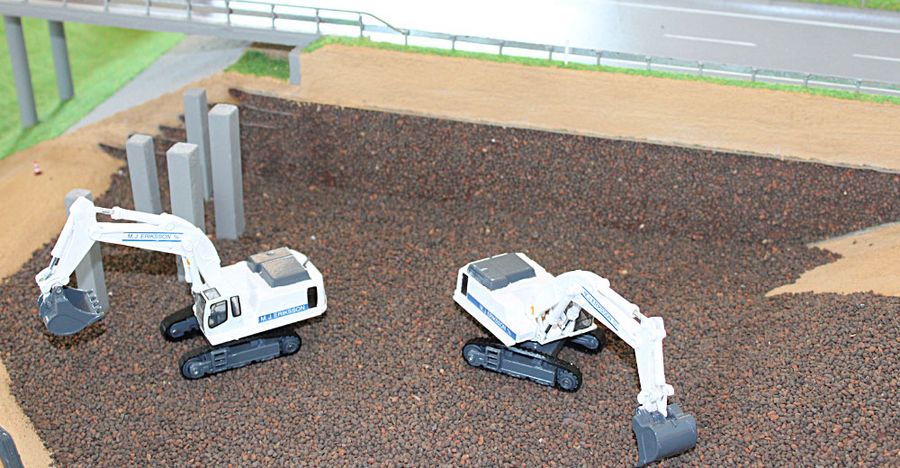Whenever expert studies identify soil with poor load-bearing capacity, expanded clay can assume a decisive role. The high compressive strength of the sintered material, which is virtually self-compacting after it is spread, reduces settling and increases the stability of structures and buildings substantially in comparison with conventional earthen materials.
Expanded clay is the ideal – and well-proven – material for backfill in abutments. Typical spheres of application are bridge building, backfilling of quayside sheet pile walls in harbour areas, tunnel construction or foundations of production halls and buildings with disproportionate weight loading, just to mention a few.
Expanded clay – a natural product with many properties
On this website, we want to provide ideas so that you as an engineer or architect can include expanded clay in your considerations and plans at an early stage. We are convinced that expanded clay is a material with more uses than many suppose and, with various available particle sizes, can be a real problem solver in underground construction. Consider, too, qualities such as its A1 fire prevention classification, thermal insulation, drainage capacity and sound insulation, as well as low bulk density and quick processing by means of blowing.
There is an exceptionally wide range of potential applications (the photos shown are model examples). We will be happy to advise you personally about applications or particle sizes and can supply the product to you in expedient units from bags to entire vehicle loads.



